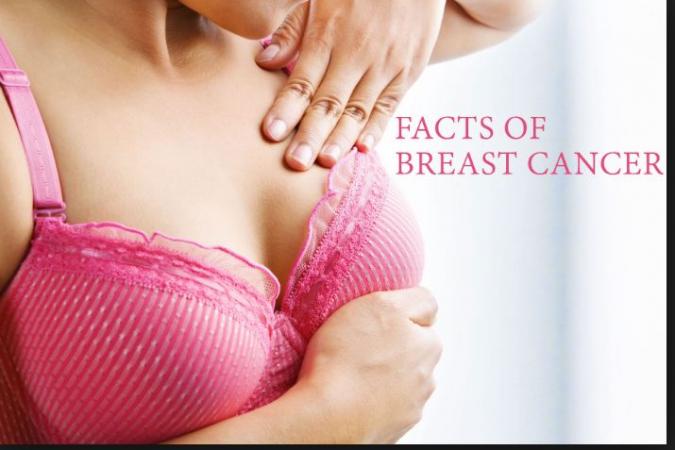
Breast cancer is the most common cancer in Indian cities, accounting for a staggering 25 to 35 percent of all cancers in women in cities! Even in rural areas, the incidence is steadily rising. In the year 2008, almost 1,15,000 new cases of breast cancer were reported in India, and about 53,000 death due to breast cancer were recorded.’ Certainly more awareness is needed and many campaigns have taken place over the last few years. In this mega guide, we’ll tell you everything you need to know about the disease.
Symptoms
According to Dr Sumeet Shah, here are some common symptoms of breast cancer.
A hard ‘lump’ or a ‘knot’ in the breast. Usually, these lumps are painless.
Occasionally, a clear cut lump cannot be felt, but a ‘lumpish’ feel is there. And this feel is different as compared to the same area of the opposite breast.
Bloody or a blood stained nipple discharge
A recent ‘in drawing’ or ‘inward pull’ on the nipple or even a change in direction
Changes in the skin over the breast, which feels thick, hard and like an ‘orange’ peel
Occasionally, small ‘knots’ or nodes may be felt in the armpit.
Diagnosis
A mammogram is used to detect breast cancer. Early detection of the disease is the most effective way to treat the ailment but that doesn’t happen due to lack of awareness. Sadly, patients with advanced breast cancer end up being either exposed to aggressive treatment options like chemotherapy or surgery or have to be given palliative care to ease their suffering. If breast cancer is diagnosed and treated early the chances of cure and survival rates improve significantly, making it even more important to detect its presence.
According to the American Cancer Society’s guidelines for early detection of breast cancer:
A woman should undergo yearly mammograms starting at the age of 40. This practice should be continued for as long as the woman is healthy.
They should get a clinical breast examination (CBE), approximately every 3 years for women in their 20s and 30s and every year for women in their 40s and over.
Women should know how their breasts normally look and feel and should report any breast changes promptly to their health care provider. Alternatively they could perform a breast self exam (BSE) starting in their 20s.
Treatment
The standard treatment methods include surgery, chemotherapy and radiation therapy. These methods have undergone vigorous trials over several decades and are the best forms of treatment. The proof of the same is the fantastic increase in survival in almost all cancers in the western nations.
Treatment – chemotherapy
Chemotherapy is the injection of drugs in saline, into the body. These drugs are programmed to kill rapidly multiplying cells. Radiation Therapy is subjecting a particular area (of cancer) in the body, with ‘ionizing rays’. These types of rays kill the dividing cells.
The main reason for side effects, especially in chemotherapy, is due to the fact that we cannot target only cancer cells, because they are like normal cells and there is no way of differentiating them. So while killing cancer cells, some normal cells also get affected and hence the severe side effects.
Do the breasts need to be removed to cure breast cancer?
Even though, some people believe that the only treatment for breast cancer is removal of breasts but that is not true. ‘In more than 70 percent women, we can very well do a breast conserving surgery (BCS)! Even if a tumour is large, we can give chemotherapy first, which will reduce the size of the tumour, and then a Breast Conservation Surgery can be done! The only important requisite of BCS is that, after surgery, radiation therapy is compulsory.’, said Dr Sumeet Shah, a renowned oncologist.
Prevention
Breast cancer is NOT preventable and even healthy people can get it. Which is why, early detection is extremely important. However, leading a healthy lifestyle can reduce the chances of having breast cancer. Here are some things you can do:
Regular exercise. It could be in any form – brisk walking, gym, aerobics, yoga etc. 45 minutes of daily exercise has definitely shown to reduce the risk of breast cancer
Battle stress away. Easier said than done, but stress is a silent killer. Stress depresses our body’s immunity (our body’s resistance mechanism), and so decrease the capacity of our body to fight off a cancer cell. Don’t worry, be happy…
also read Vitamin B12 deficiency in your body can lead to many diseases; read causes and remedies here
also read World Malaria Day 2019: types and homemade treatment